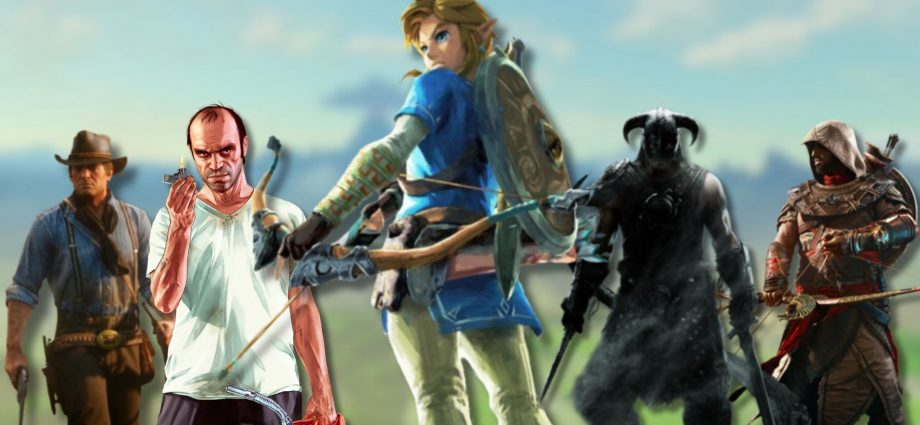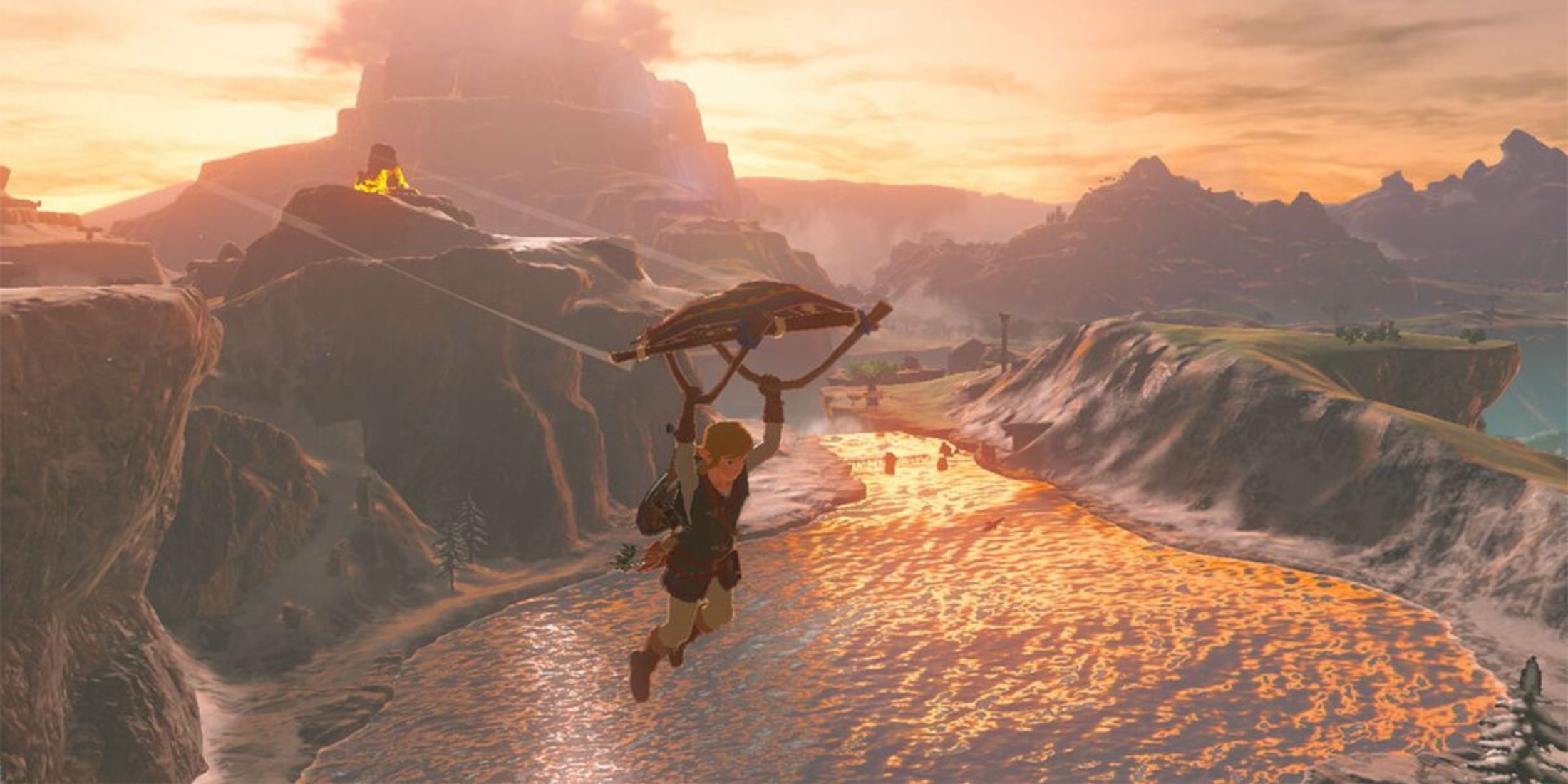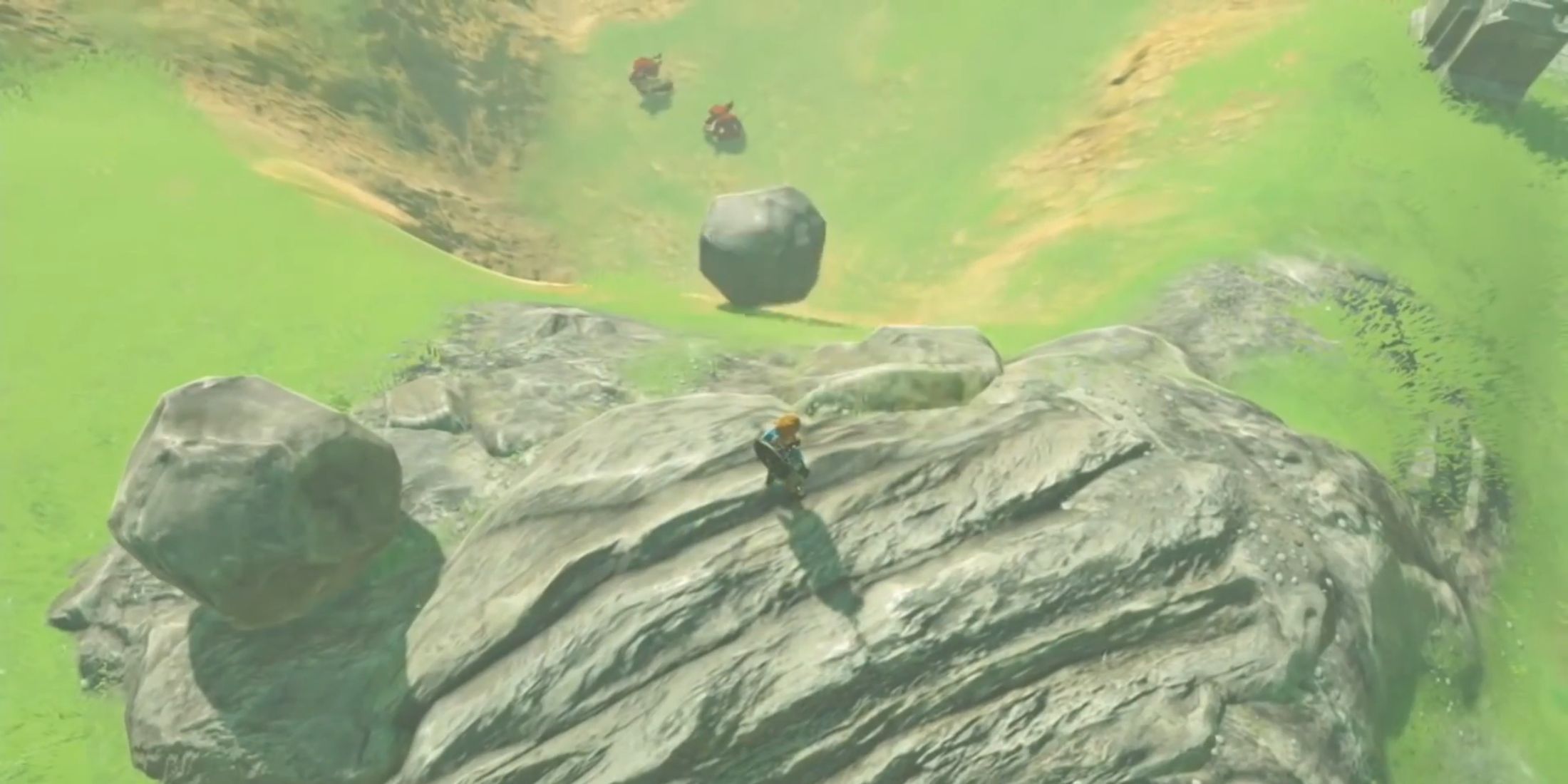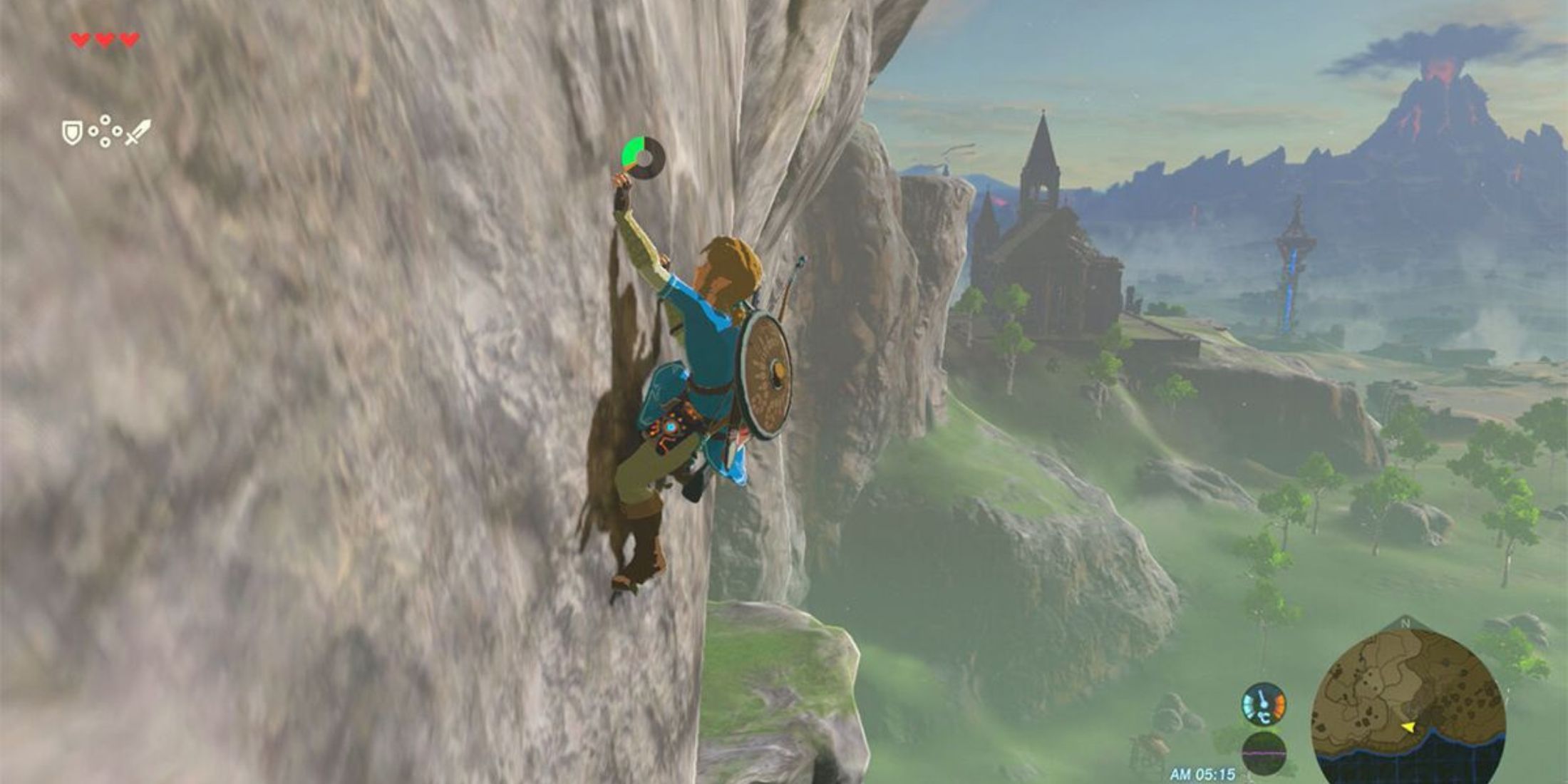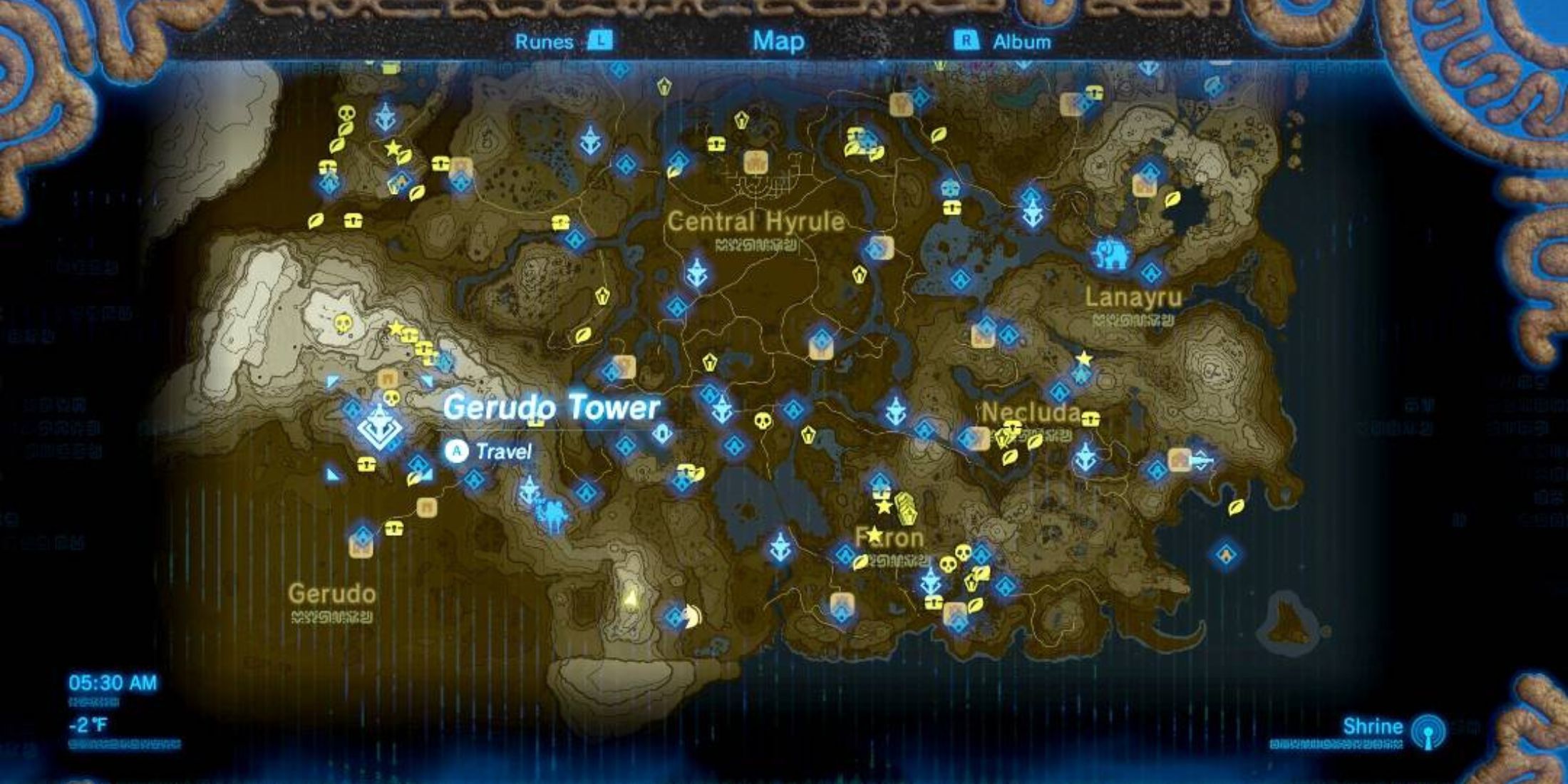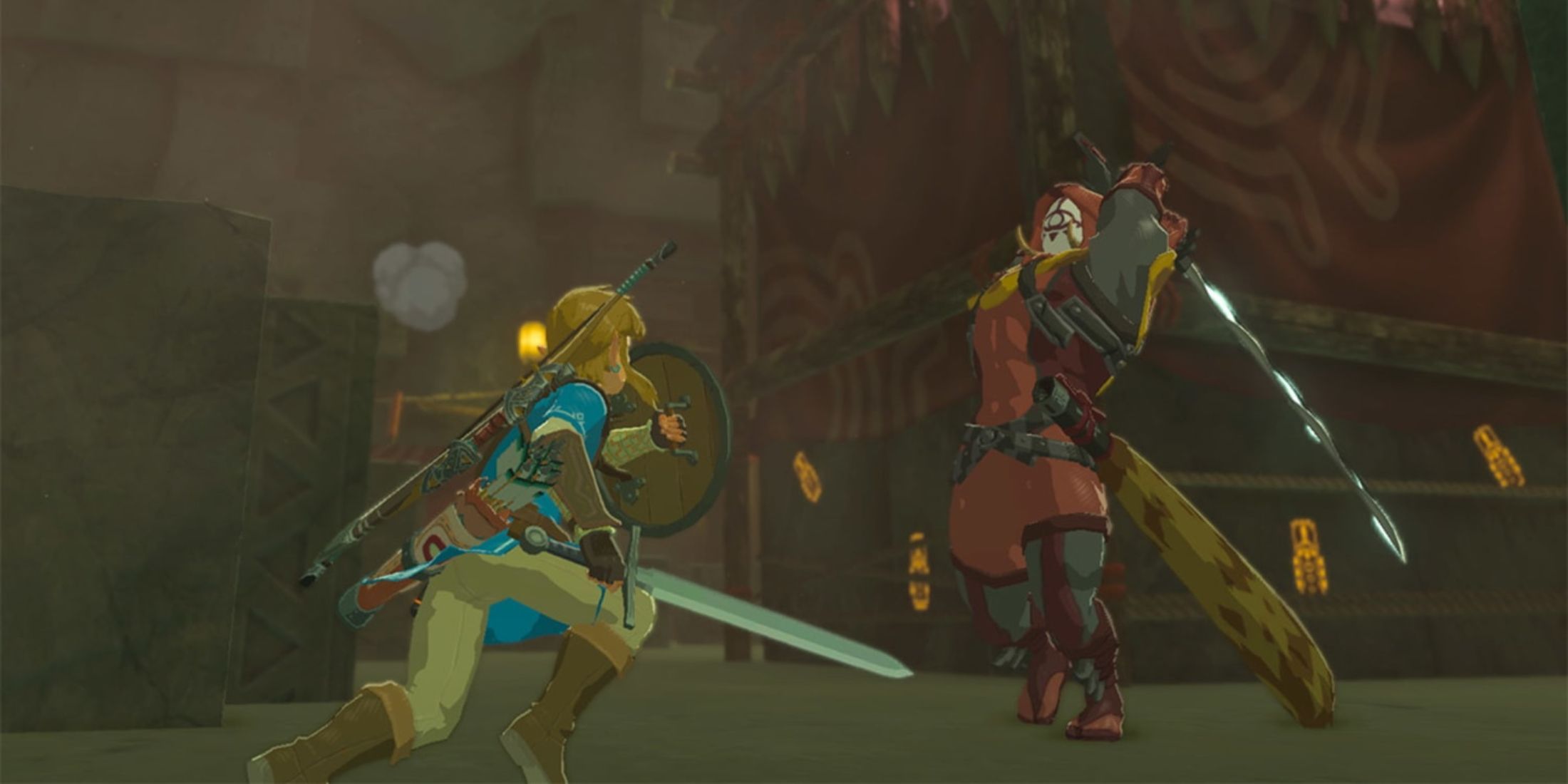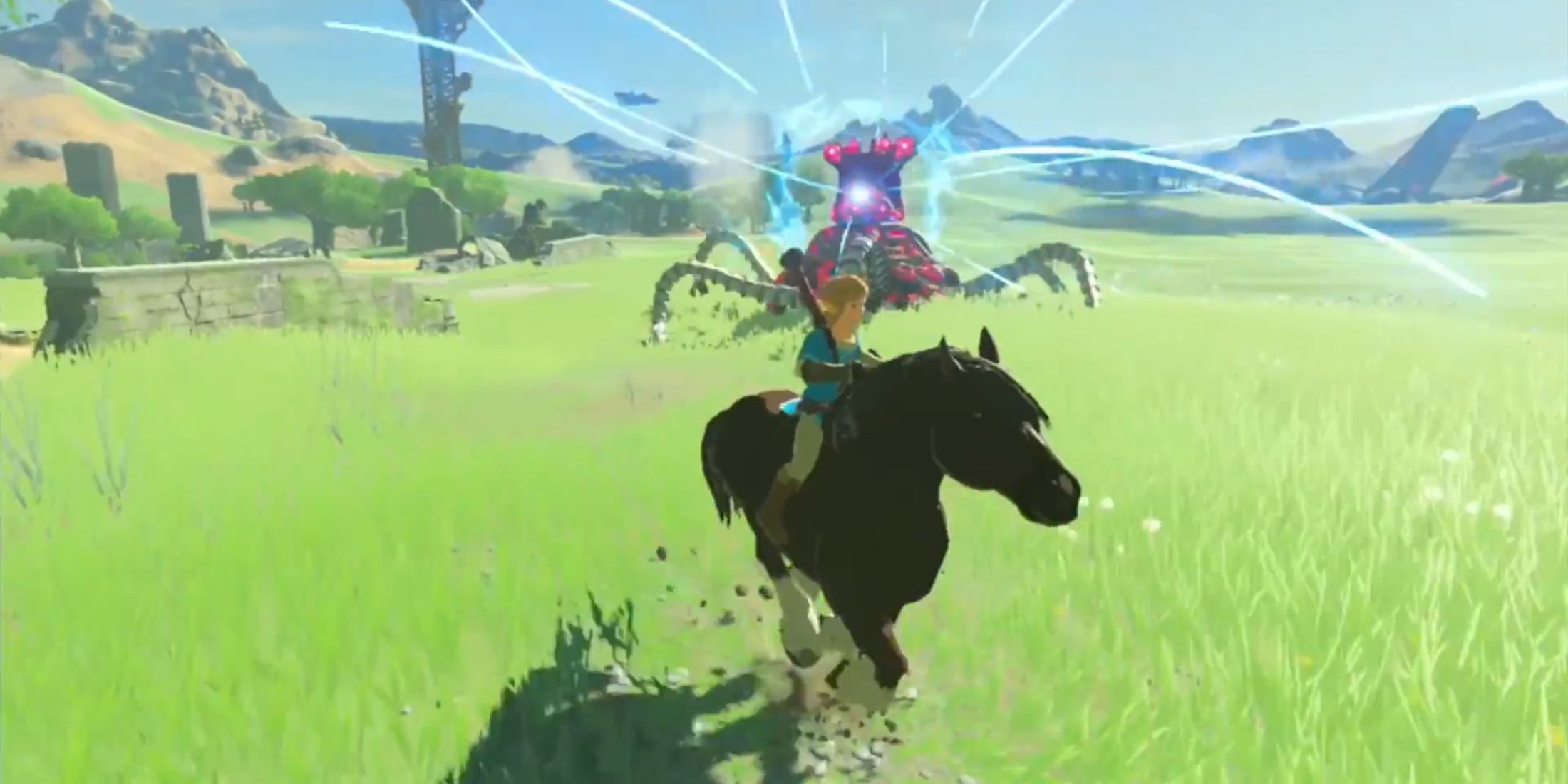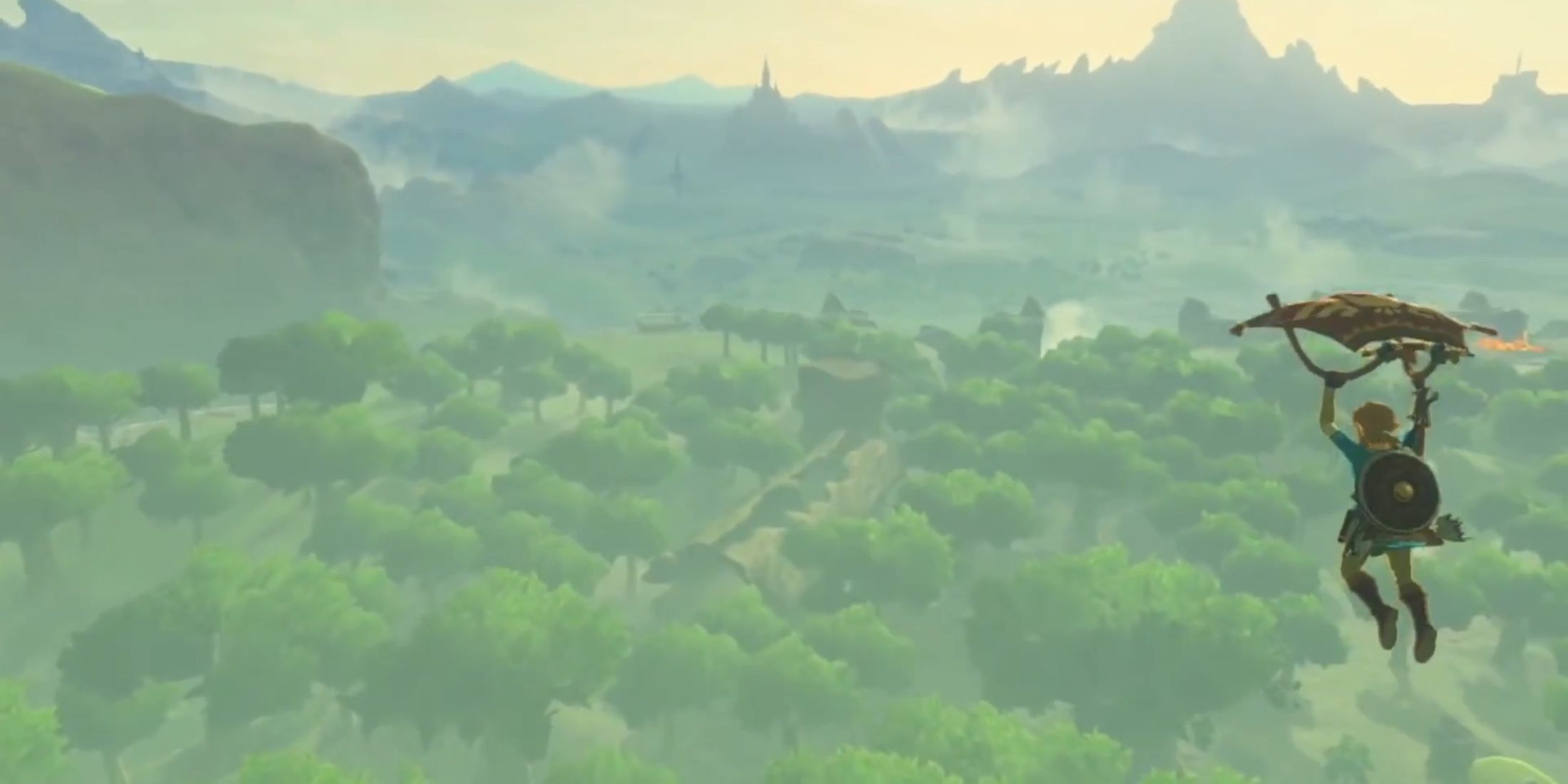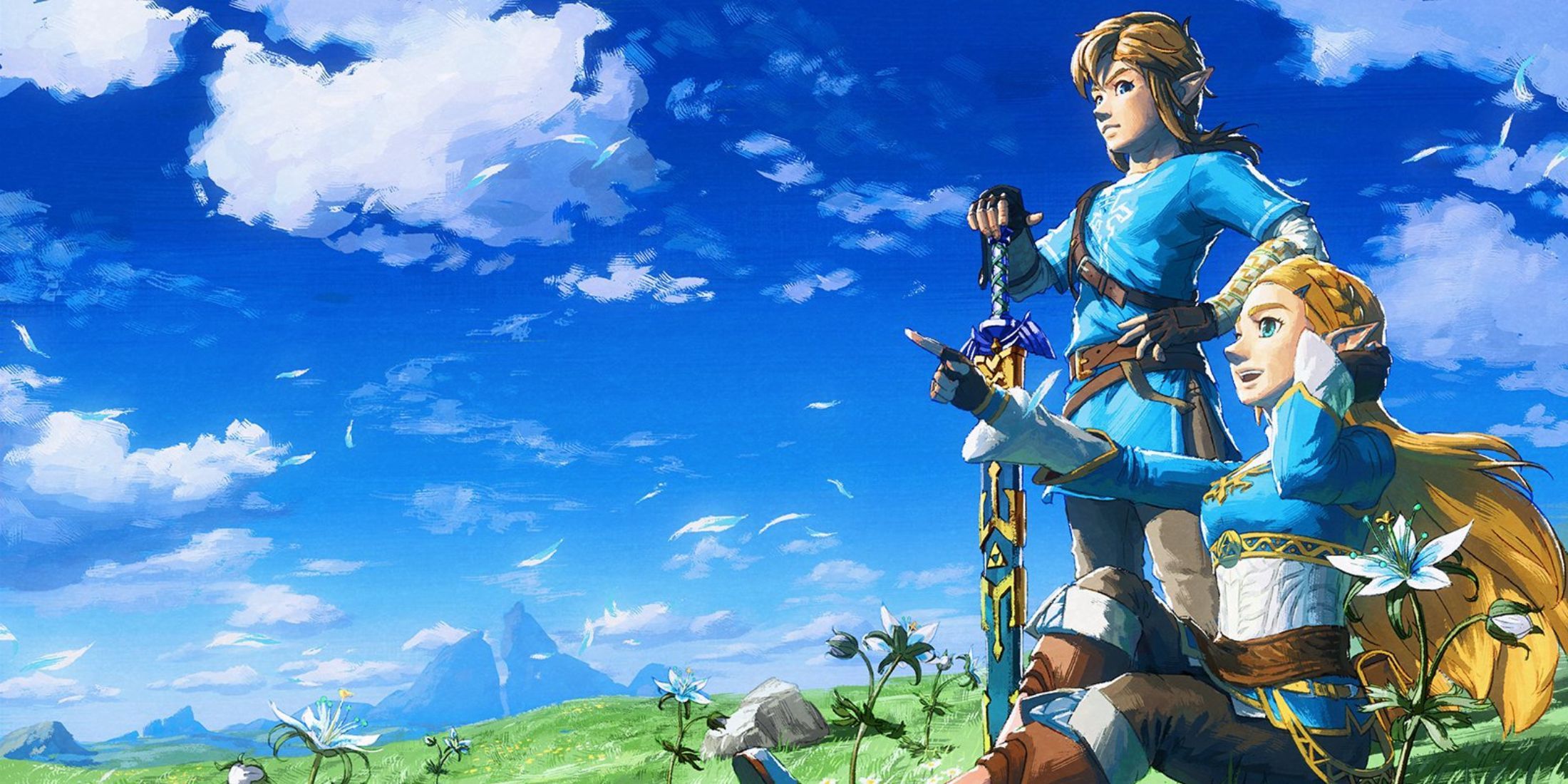Summary
- Breath of the Wild redefined open-world games by letting players go anywhere they want on the map, breaking conventional progression systems.
- The game’s open-ended gameplay allows players to solve puzzles, defeat enemies in various ways, and explore with no limits to creativity.
- Nintendo’s intentional game design keeps players engaged, combined with its easy-to-read map and its effective fast travel system that enhance the core gameplay.
In 2017, Nintendo released the long-awaited The Legend of Zelda: Breath of the Wild and it became an instant hit that not only breathed new life into this classic franchise (while also giving users of the brand-new Nintendo Switch something good to play) but also completely redefined the open-world genre, and the effects of its impact can still be felt to this day.
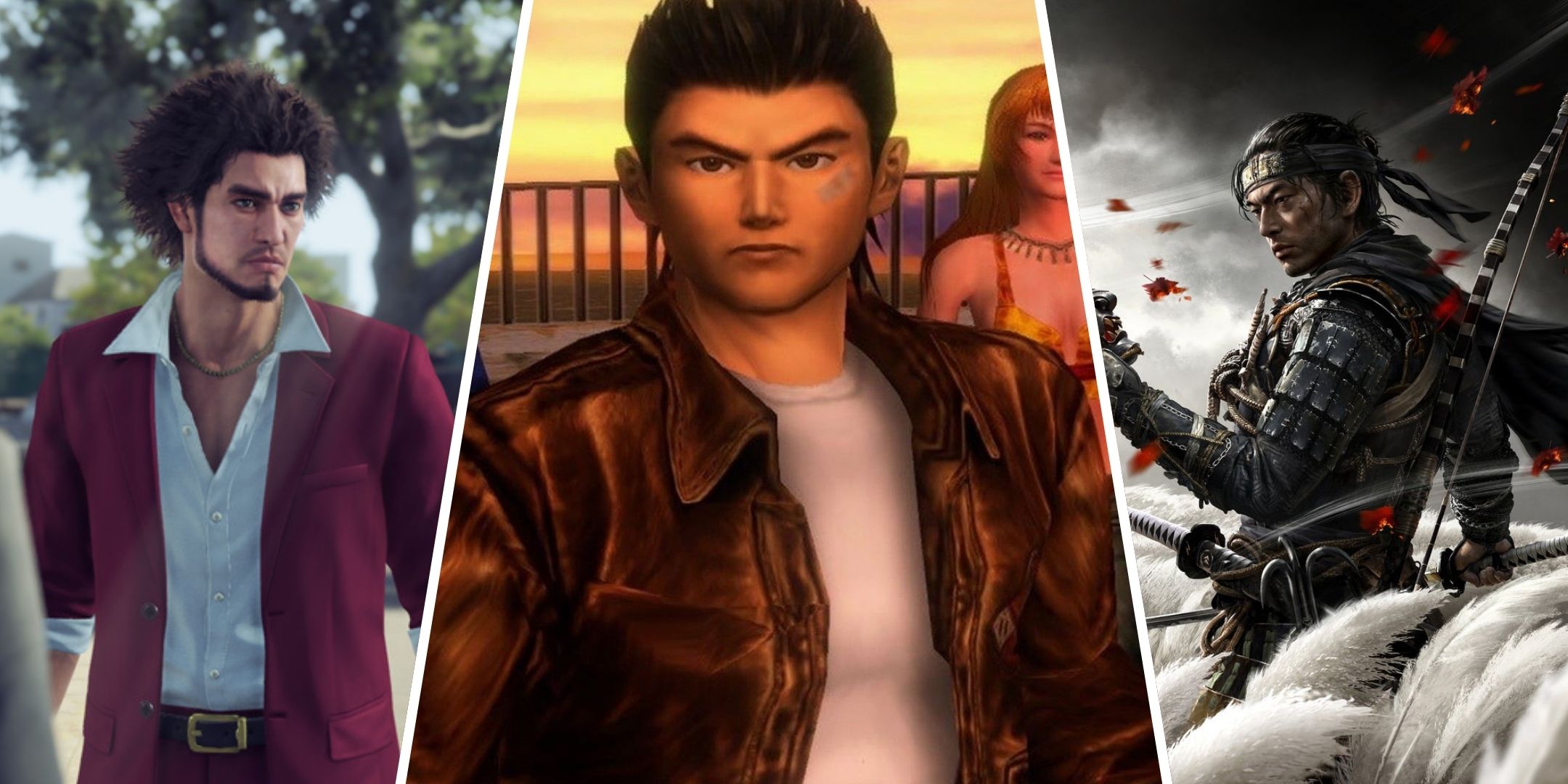
Related
8 Best Open World Games Set In Japan, Ranked
Explore Japan like never before with these must-play open-world games, ranging from feudal samurai sagas to supernatural Tokyo streets.
Open-world video games have been constantly evolving since the dawn of 3D gaming during the late 90s and early 2000s, but Breath of the Wild’s open-ended design and huge map completely changed the genre for the better. At the end of the day, this game does a lot of things better than most of its contemporaries, and the following eight are the best examples of its innovation.
8
Letting The Player Go Anywhere They Want
The Player Can Go To Any Location They See In The Distance
Open world games (especially those released before Breath of the Wild) tend to have a conventional but restrictive progression system that blocks out specific areas of the map until the player progresses through the main campaign and/or unlocks specific items and abilities. This is precisely why Breath of the Wild was so revolutionary when it came out, because the player is able to go to any location they see on the map.
The moment Link gets out of the Great Plateau, he can go anywhere the player wants him to: from the populated Kakariko Village, to the deadly Death Mountain, or even the mysterious Kokiri Forest. Of course, the further the player wants to go, the harder it’s going to be for them to actually reach that location, but it is still entirely possible to do so. The most infamous example of Breath Of The Wild’s impressive freedom of choice is the fact that, in theory, Link can go to Hyrule Castle, beat Ganon, and complete the story in less than an hour, which ties directly with another innovative aspect of this game.
7
Letting The Player Do Anything They Want
Players Can Solve Puzzles And Defeat Enemies In A Variety Of Different Ways
But allowing the player to go wherever they want is not enough to redefine an entire genre, because the open-ended gameplay is another thing that made Breath of the Wild really stand out. Most open-world games have important story missions or complex side quests in which the player has to achieve a specific goal, but their gameplay is heavily scripted and, thus, doesn’t allow them to do whatever they want.
But Breath of the Wild is completely different because it not only allows players to go anywhere they want, but it also gives them the tools necessary to progress however they want. With Link’s five Rune abilities, combined with all the different items and food he can collect, players can solve puzzles, clear shrines, and defeat enemies and bosses in a variety of different ways, with their only limit being their imagination. Fortunately, this brilliant open-ended gameplay was expanded even further in the sequel, Tears of the Kingdom.
6
Grabbing The Player’s Attention
Nintendo Worked Very Hard On This Part Of The Game’s Design
Sometimes, open-world games flood their maps with so much stuff to do that it can be overwhelming and confusing for most players, and it eventually makes them abandon it altogether. The Legend of Zelda: Breath of the Wild is a noteworthy exception because, despite its vast world and open-endedness, it seamlessly manages to keep the player’s attention at all times, and this was entirely intentional.
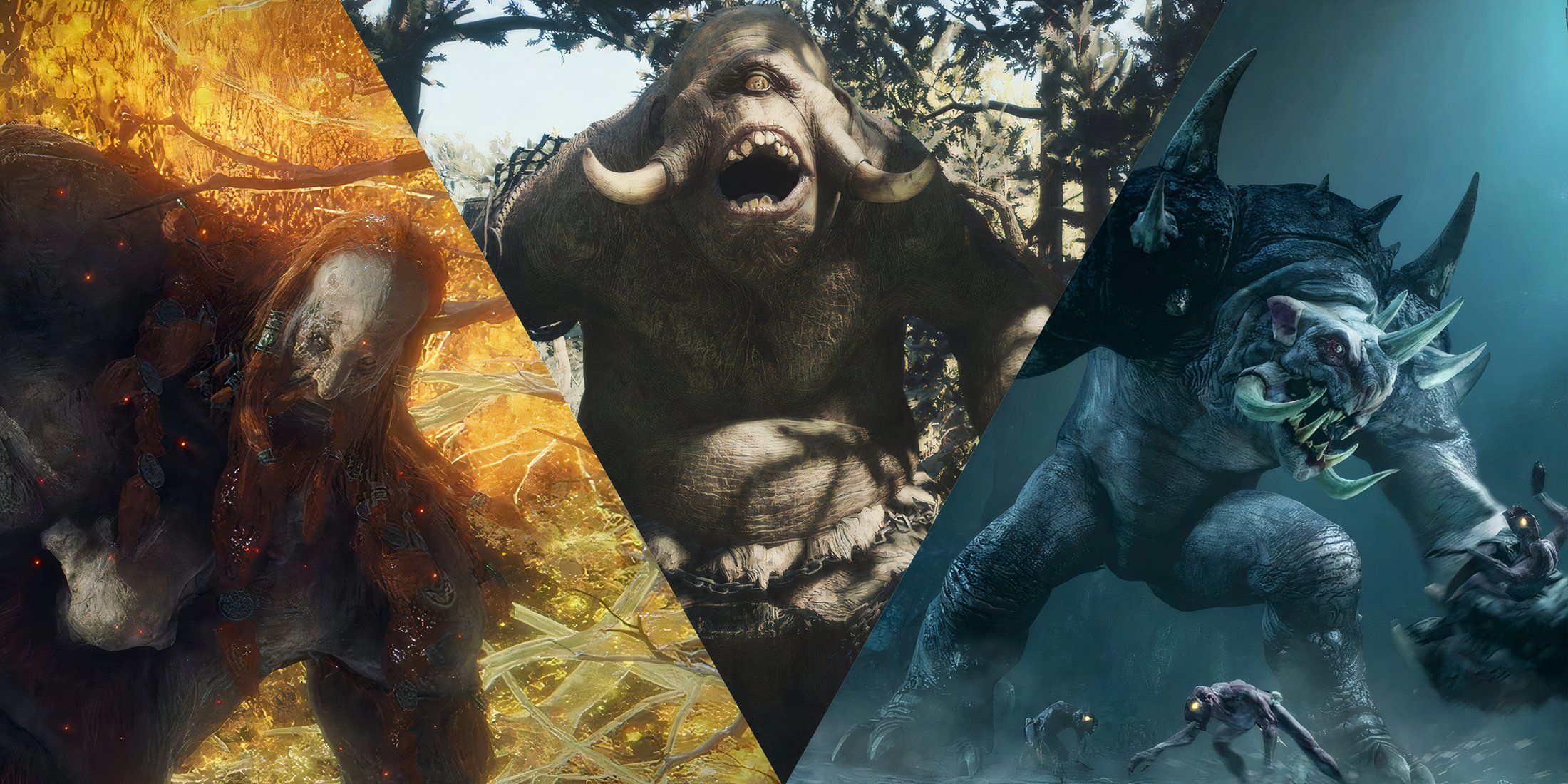
Related
8 Best Open World Games Where You Slay Giants
These open-world games absolutely nail the grueling and epic experience of slaying giants and other gigantic creatures.
In a CEDEC 2017 talk, Nintendo explained that play testers often got lost in the giant world, so the developers had to redesign the game in a specific way that would encourage players to keep exploring the game and trying out new things. They came up with the concept of gravity, which means that Breath of the Wild’s different areas are seamlessly connected (and their distribution is designed so perfectly) that the player always knows where to go next, no matter what, without being forced to choose a specific route. Their efforts were definitely worthwhile because this enhanced the core gameplay of the game, and it encouraged players to keep playing for even more hours.
5
The Map And Fast Travel System
The Importance Of An Easy-To-Read Map And An Effective Travel Method
Open-world games are not only guilty of flooding their overworlds with too many things, but also of doing the exact same with the illustrated in-game map that the player needs to read in order to know where they are and where they can go next. If developers add too many icons that are hard to read, they risk making the map completely useless and, thus, forcing players to rely on the internet instead.
Fortunately for Breath of the Wild players, the game avoids this by having a simple but effective map where it’s very clear what everything is and where everything is located. Furthermore, this is an interactive, customizable map in which they can leave their own colored markers on specific locations they may want to reach at some point in the future. This excellent map design complements the game’s excellent fast-travel system, since players can just select any previously visited Sheikah Towers in order to reach other areas in a span of a few seconds.
4
A Dynamic Combat System
Not Only Is It Fun To Find Enemies, But So Is Fighting Them
The combat system of an open-world game can be either hit or miss: while fighting enemies in some of them can be really exciting, in most others, the combat feels unimaginative and repetitive, as if it were a mere afterthought by the developers. However, since The Legend of Zelda has featured innovative 3D action since 1998, the combat system of Breath of the Wild feels like a natural evolution for the franchise.
Link is way quicker and stronger in this game than in any of his previous adventures, not to mention that the addition of the Flurry Rush mechanic keeps players on their toes so they can properly time their dodges and counterattacks. On top of that, Link no longer exclusively wields a simple sword, since he can also choose between knives, boomerangs, longsword, and spears, which add a lot of variety to the combat. Additionally, the bow, with its vast collection of different arrow types and its midair slow-motion, is also very useful and fun to use. Even the Rune abilities can be effective in a few battle scenarios; It just depends on the player’s ingenuity and creativity. Thanks to all this, Breath of the Wild’s combat system is one of the best ones in the open-world game, even if it’s far from perfect.
3
Solid Boss Fights
It’s Even Entertaining To Take Down The Larger Enemies
Since most open-world games have trouble designing fun and dynamic combat systems, their boss fights end up suffering as well. Most bosses in this genre are either a larger version of an existing enemy or huge damage sponges that take too much time to defeat, not to mention that some games (especially those with more modern settings) prefer not to include boss fights at all, most likely because developers most likely knew it was not worth the time and resources.
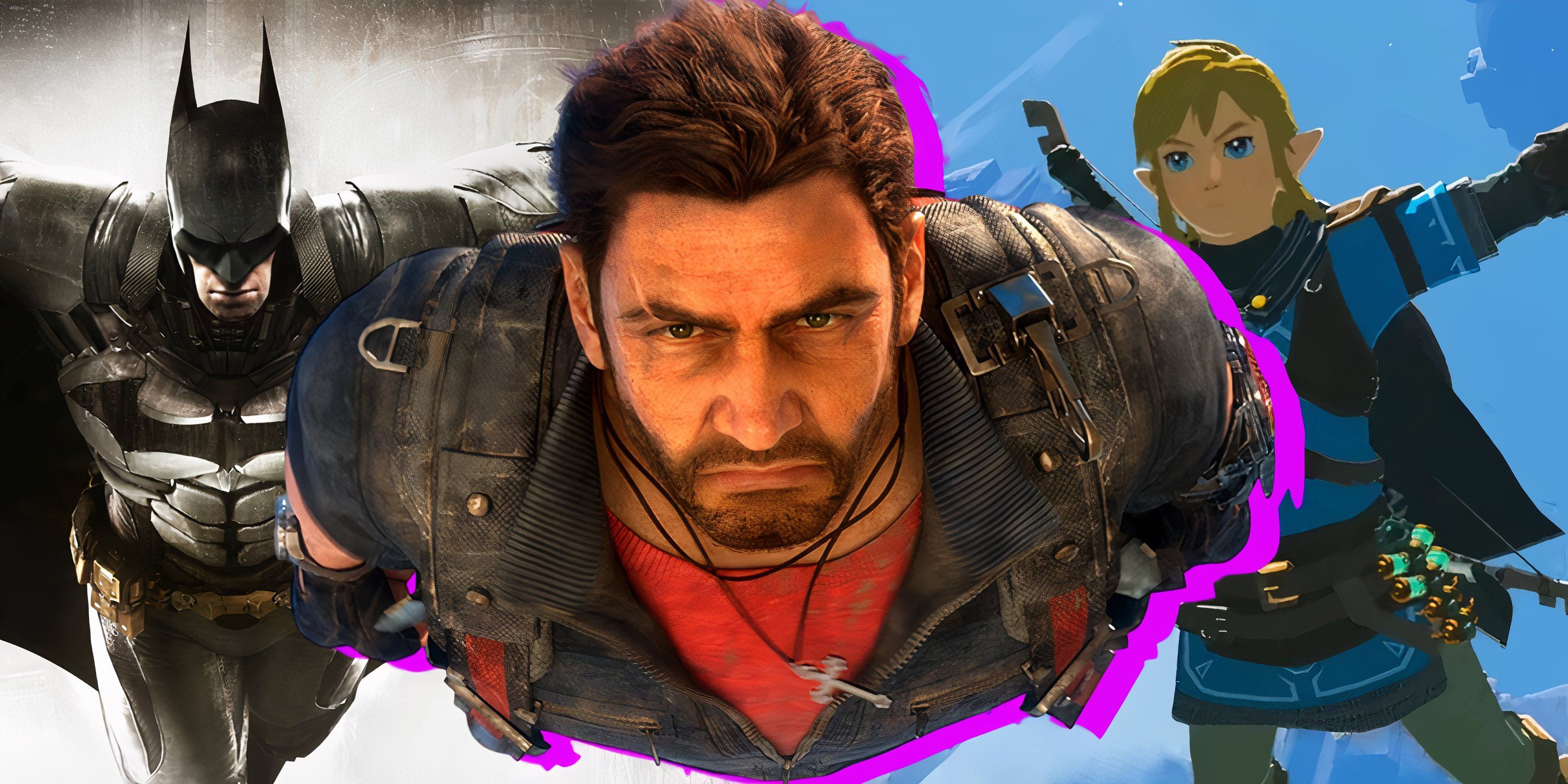
Related
7 Best Open World Games Where You Can Glide, Ranked
Gliding across a large open-world map in games like Batman: Arkham Knight or Just Cause 3 often leads to satisfying visuals and gameplay elements.
On the other hand, however, Breath of the Wild is a mainline entry in a franchise that’s famous for its high-quality boss fights, so it obviously had to keep this tradition. Even the four Ganons from the four main dungeons are way more interesting and challenging than most bosses in other open-world games, even if most Zelda fans consider them a downgrade when they’re compared to dungeon bosses from previous titles. But the game makes up for it with its variety of deadly monsters that the player can encounter in different parts of the map, like the Guardians or the Lynels.
2
A Relaxing Atmosphere
Sometimes It’s Just Nice To Go To Hyrule And Relax For A While…
Many open-world video games (especially those that take place in a more modern setting) tend to overfill every single inch of their maps with a lot of characters and events. While this is obviously done to keep the player entertained and engaged, sometimes it can feel extremely overwhelming, especially if there aren’t any places in which they can take a break and relax for a bit.
Some people have criticized Breath of the Wild for having a few empty areas in its map, but this actually ended up working perfectly for players who don’t want every single location they visit to be brimming with NPCs and enemies. Nintendo was clearly trying to build a very specific atmosphere for this game, since sometimes the beautiful graphics, the colorful locations, and the beautiful ambient music blend together in order to make the player feel so incredibly relaxed. Breath of the Wild is just one of those video games in which it’s nice to just not do anything and absorb the beautiful atmosphere of Hyrule.
1
It Reinvigorated A Pre-Existing Franchise
It Kept The Legend Of Zelda Franchise Alive During The Ninth Console Generation
Most popular open-world games are either part of franchises that already belonged to the genre and slowly evolved with it (like The Elder Scrolls and Grand Theft Auto) or completely new IPs (like Horizon or Elden Ring) but very few of them are actually part of beloved franchises that had never previously delved into this genre before. Of course, most 3D Legend of Zelda games featured semi-open worlds with a few optional side quests, but they were still relatively linear and restrictive by design.
By 2017, audiences were already growing quite tired of the classic 3D Zelda formula and were begging Nintendo for something new and exciting, especially since the franchise’s Wii U output was filled with spin-offs and remasters of older games. Because of all these factors, the release of Breath of the Wild was a major game-changer for the Zelda series, as it effectively proved to audiences that not only was it able to keep evolving and reinventing itself, but that it could also innovate the open-world genre and indirectly influence many titles that came after it.
